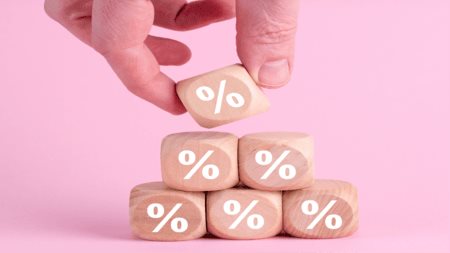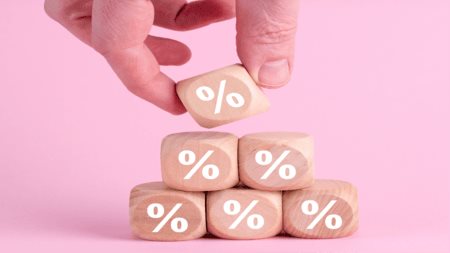As 2010 draws to a close, Adrian Goslett, CEO of RE/MAX of Southern Africa, takes a look at where South Africa’s property market is in the property cycle and what this means for homebuyers and sellers.
Cycles, a well-known phenomena in the world of economics, are evident in all economic sectors, including the property market. These cycles are predictable long-term patterns that can be divided into three distinct stages known as boom, slump and recovery. “The cycles are predictable in that booms are followed by slumps and then by a market recovery, which gives rise to the next boom as the cycle continues. The stages in the cycle are driven by various factors that affect the supply and demand equation in a particular market. In the property market, for example, supply and demand are driven by factors such as the interest rates, consumer debt-to-income ratios, the affordability of property and consumer confidence, among others,” explains Adrian Goslett, CEO of RE/MAX of Southern Africa.
However, while predictable, these cycles are rarely regular, since the length and depth or intensity of each stage within each cycle are influenced by the particular confluence of driving factors and their effect on supply and demand. The current property market cycle in South Africa provides a very clear example of how various factors determine the cycles. “We experienced an unusually intense boom in the mid-2000’s, with demand driven by a rapidly growing middle class with access to easy credit at low interest rates during a time of exceptional economic growth in South Africa.
Property price inflation reached a peak of almost 25%, property sales were brisk and property development was robust. But in 2006, an unusually intense slump, driven by an unusual confluence of factors emerged. Interest rates rose sharply, the implementation of the National Credit Act constrained lending and inflation soared as we entered a global and local recession, which negatively affected consumer confidence,” notes Goslett. As a result of the confluence of all these driving factors, it became increasingly difficult for homebuyers to obtain credit, and homeowners faced severe financial difficulties in meeting their financial obligations.
Many of these overstretched homeowners tried to sell their properties, and this, combined with the robust property development during the boom, created an oversupply of properties in certain sections of the market. “This, coupled with the decline in demand driven by tight credit and affordability issues, saw the market enter a slump in which sales activity, house price inflation and new development slowed, explains Goslett. However, recovery after a slump is inevitable. “We have already seen the interest rates drop to historic lows, which, along with inflation back within target range, have also boosted general economic recovery. Lower interest rates, improved general economic conditions and the correction in house prices to more realistic levels, have all led to an improvement in affordability. Sales activity is increasing as the banks slowly and cautiously start lending again, evidenced by improved approval rates of home loan applications. The supply and demand equation is beginning to balance again as the constraints on demand are lifted and already a shortage of properties is evident in certain areas. Given these realities, the South African property market appears to be firmly in the recovery phase of the cycle,” comments Goslett.
What does the property cycle mean to homeowners and potential homebuyers?
It is widely believed that the property cycle is a tool for ‘timing’ an investment in property. “That said, buying at the height of a boom and selling during a slump can result in a disappointing return on investment,” says Goslett. He adds that the real fundamental to lesson from the property cycle is that property is a long-term investment. “Excellent property returns are often only achievable if the property is held for at least a full property cycle, which generally stretches over seven to 10 years in South Africa,” he says.He says that while we are in for what may well be a long and steady recovery phase, property investors and homeowners can take comfort in the knowledge that the slump seems to have passed. “Hence, we can expect a boom to follow, and although the boom is unlikely to be as intense as that of the early-2000’s, it is sure to follow and will reveal to those who have held onto their properties during the recent and exceptionally tough slump phase that an investment in property remains one of the best long-term investments anyone can make,” concludes Goslett.



